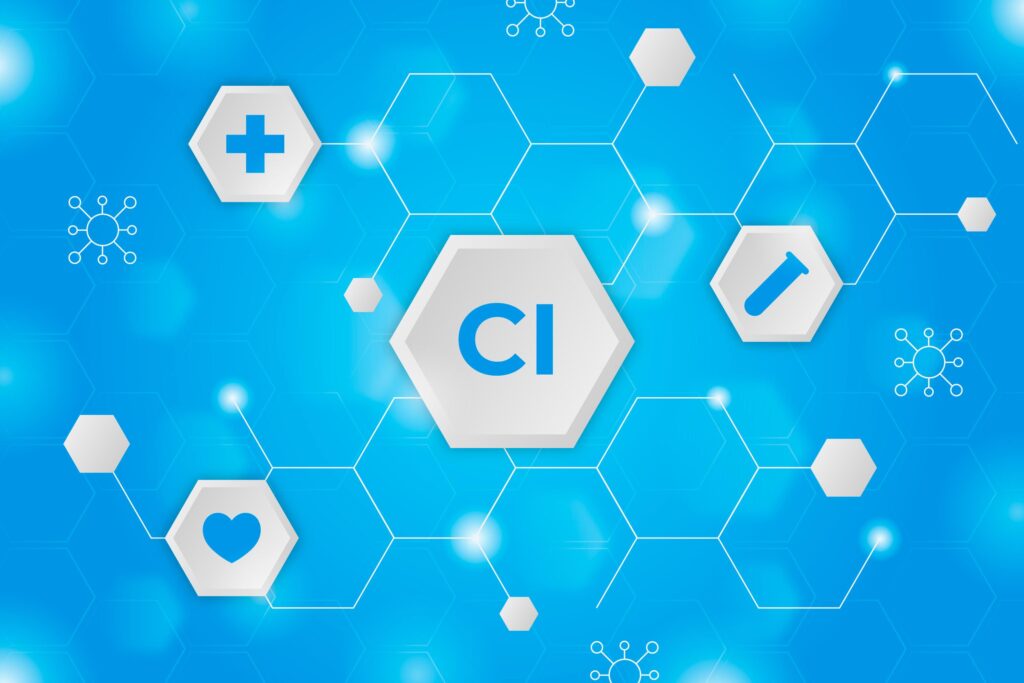Outline:
- Introduction to Glycopeptide Compounds
- Definition and significance.
- Brief history of glycopeptide discovery.
- Structure and Properties
- Molecular structure of glycopeptides.
- Key chemical properties and functional groups.
- Biological Activities
- Antibacterial properties.
- Anticancer potential.
- Other biological activities.
- Medical Applications
- Clinical use as antibiotics.
- Emerging applications in cancer therapy and drug delivery.
- Synthesis and Production
- Traditional methods of synthesis.
- Modern approaches and advancements.
- Challenges and Limitations
- Antibiotic resistance.
- Synthetic challenges.
- Regulatory hurdles.
- Future Directions
- Research trends and potential applications.
- Strategies to overcome challenges.
- Conclusion
- Summary of key points.
- Outlook for the future of glycopeptide research.
- FAQs
- What are glycopeptide compounds?
- How are glycopeptides used in medicine?
- What are the challenges associated with glycopeptide production?
- What are some emerging applications of glycopeptides?
- How do glycopeptides contribute to antibiotic resistance?
Introduction to Glycopeptide Compounds
Glycopeptides are a class of organic compounds that contain both peptide and sugar moieties. They play essential roles in various biological processes and have attracted significant attention from researchers and medical professionals due to their diverse pharmacological properties.
Structure and Properties
Glycopeptides are characterized by their unique molecular structure, which consists of peptide chains attached to one or more sugar molecules. This structure imparts specific chemical properties to glycopeptides, including stability, solubility, and biological activity.
Biological Activities
Glycopeptides exhibit a wide range of biological activities, making them valuable in medicine and biotechnology. One of the most well-known properties of glycopeptides is their antibacterial activity, which has led to the development of important antibiotics such as vancomycin and teicoplanin. Additionally, glycopeptides have shown promise as anticancer agents and have been investigated for their potential immunomodulatory and antiviral effects.


Medical Applications
In medicine, glycopeptides are primarily used as antibiotics to treat bacterial infections, particularly those caused by multidrug-resistant pathogens. They are often reserved for serious infections, such as those caused by methicillin-resistant Staphylococcus aureus (MRSA) or vancomycin-resistant Enterococcus (VRE). In recent years, researchers have also explored the use of glycopeptides in cancer therapy and drug delivery systems, capitalizing on their ability to target specific cellular receptors and tissues.
Synthesis and Production
The synthesis of glycopeptides can be challenging due to the complexity of their molecular structure. Traditional methods of synthesis involve chemical reactions between amino acids and sugars, followed by purification and characterization steps. However, recent advancements in organic chemistry and biotechnology have facilitated the development of more efficient and scalable synthesis routes, including enzymatic synthesis and chemoenzymatic approaches.
Challenges and Limitations
Despite their therapeutic potential, glycopeptides face several challenges in both production and clinical use. Antibiotic resistance poses a significant threat to the efficacy of glycopeptide antibiotics, highlighting the need for new treatment strategies and antibiotic stewardship efforts. Additionally, the complex structure of glycopeptides presents challenges in synthesis and purification, limiting their accessibility and scalability. Regulatory hurdles, such as approval processes and manufacturing standards, also impact the development and commercialization of glycopeptide-based drugs.


Future Directions
The future of glycopeptide research holds promise for continued innovation and discovery. Scientists are exploring novel applications of glycopeptides in areas such as targeted drug delivery, immunotherapy, and regenerative medicine. By addressing key challenges such as antibiotic resistance and synthetic complexity, researchers aim to unlock the full potential of glycopeptides as versatile tools for combating disease and improving human health.
Conclusion
In conclusion, glycopeptide compounds represent a fascinating class of molecules with diverse biological activities and medical applications. From antibiotics to anticancer agents, glycopeptides have demonstrated their value in addressing some of the most pressing health challenges of our time. As research in this field continues to advance, we can expect to see further breakthroughs in both basic science and clinical medicine, paving the way for new treatments and therapies.
FAQs
- What are glycopeptide compounds? Glycopeptides are organic compounds that contain both peptide and sugar moieties, with diverse pharmacological properties.
- How are glycopeptides used in medicine? Glycopeptides are primarily used as antibiotics to treat bacterial infections, but they also show potential in cancer therapy and drug delivery systems.
- What are the challenges associated with glycopeptide production? Challenges include synthesis complexity, purification difficulties, and regulatory requirements for drug approval and manufacturing.
- What are some emerging applications of glycopeptides? Emerging applications include targeted drug delivery, immunotherapy, and regenerative medicine.
- How do glycopeptides contribute to antibiotic resistance? Overuse and misuse of glycopeptide antibiotics can lead to the development of antibiotic-resistant bacteria, posing a significant public health concern.


